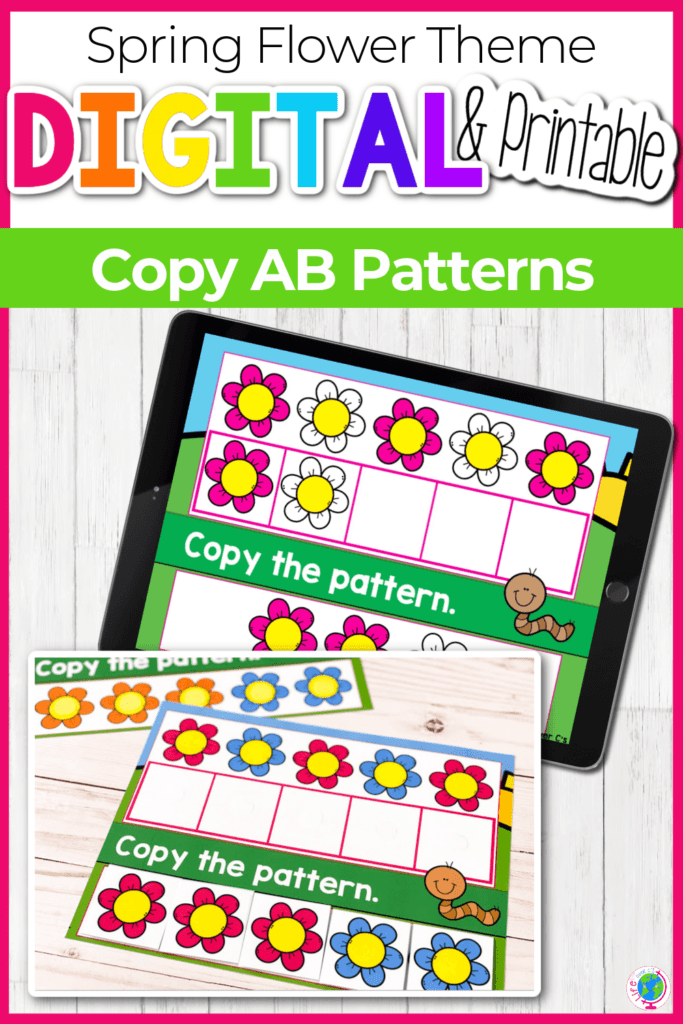Patterns are an important concept for young children to learn as they help develop critical thinking skills and problem-solving abilities. Engaging in pattern activities can help kindergarten students improve their cognitive skills while having fun. Here are some printable pattern activities that you can use to help your students learn and practice patterns.
One fun and interactive pattern activity for kindergarten students is using pattern blocks. You can create a printable worksheet with different shapes and colors for students to replicate using pattern blocks. This activity not only helps students recognize and create patterns but also improves their fine motor skills as they manipulate the blocks.
Another engaging pattern activity is creating pattern strips. You can print out strips with different patterns such as ABAB, AABB, or ABC and have students continue the pattern by coloring or drawing the next shape in the sequence. This activity helps students understand the concept of repeating patterns and strengthens their visual discrimination skills.
Printable pattern cards are also a useful resource for teaching patterns to kindergarten students. You can create cards with different patterns and have students identify and extend the pattern by drawing or coloring the next shape in the sequence. This activity encourages students to think critically about patterns and enhances their problem-solving abilities.
Using pattern worksheets is another effective way to help kindergarten students practice patterns. You can create worksheets with various patterns for students to complete by coloring or drawing the next shape in the sequence. This activity allows students to practice recognizing and creating patterns in a structured and guided manner.
In conclusion, pattern activities are essential for kindergarten students to develop their cognitive skills and enhance their problem-solving abilities. By utilizing printable pattern activities, you can engage students in fun and interactive learning experiences while reinforcing the concept of patterns. These activities not only help students grasp the concept of patterns but also improve their fine motor skills, visual discrimination, and critical thinking skills.
